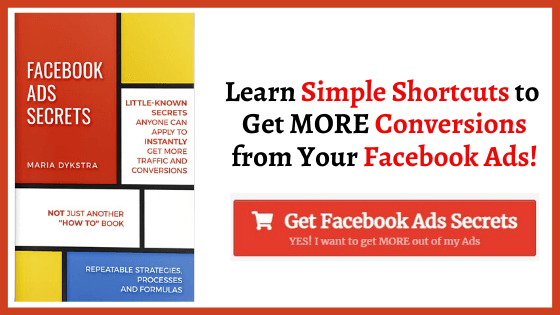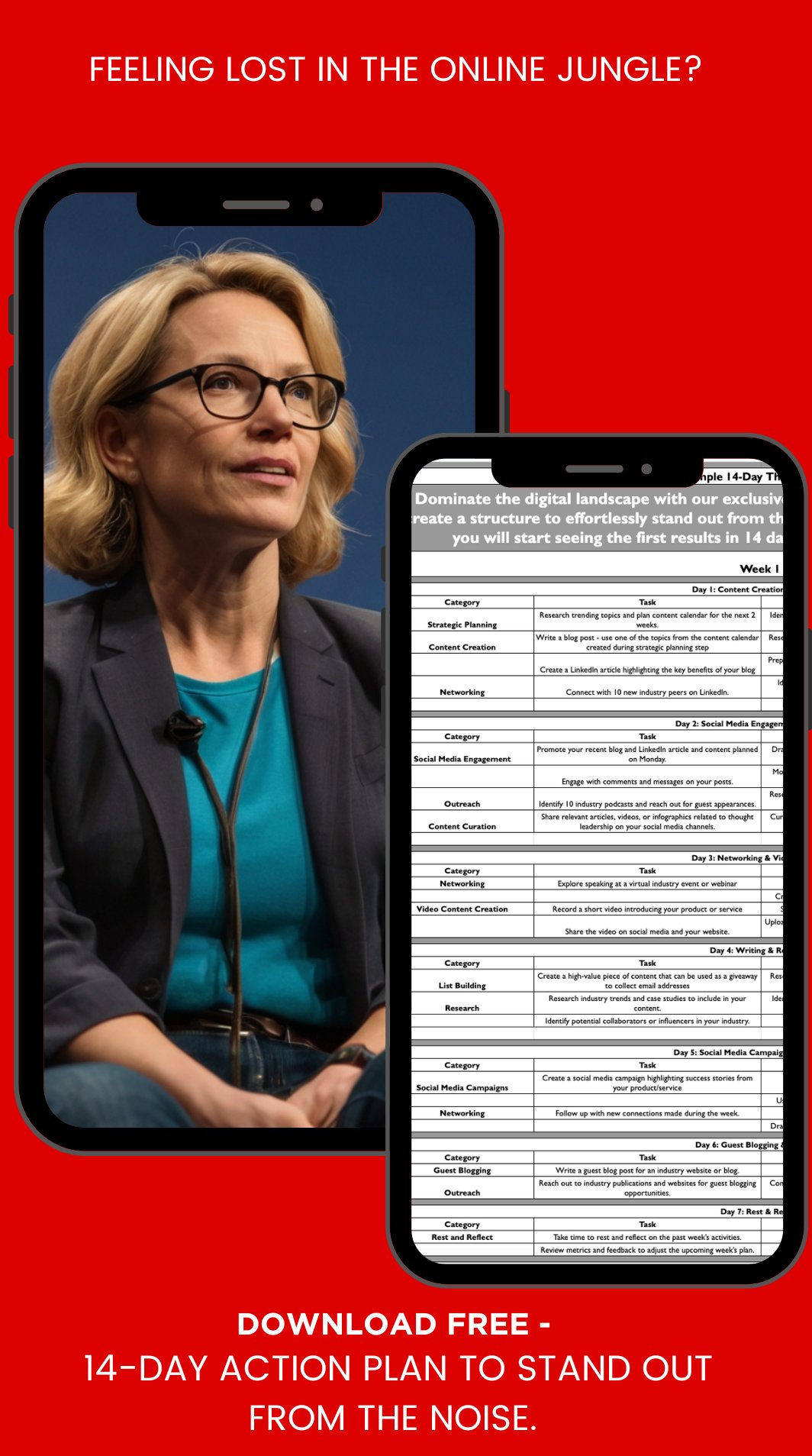I’ve been watching Google for many years now. It crushed Search and Pay-per-click ads industry. But it’s been struggling with two things:
1 – Getting into a social media area.
2 – Creating an integrated experience among its many platforms.
With closing off Google Plus experiment, Google may have abandoned its attempts to compete with Facebook.
That said, Google definitely got the experience part right in the last redesign. YouTube has always been an amazing marketing channel. With consumers watching more and more videos, YouTube continues to grow in popularity.
And with the latest focus on integrated experience, Google created a huge opportunity for advertisers.
YouTube ads are an incredible addition to your marketing portfolio. (if used correctly).
If you’ve already been thinking about giving YouTube ads a try but aren’t sure where to start, you’re in the right place.
Table of Contents
ToggleWhy YouTube Ads?
Research indicates that 1 out of 10 marketers currently run YouTube ad campaigns. That’s quite low. Isn’t it?
However, close to 7 out of 10 marketers say that they’d like to learn more about the platform.
The reason for their interest in YouTube is pretty obvious:
1 – YouTube is a platform used by the modern generation.
2 – It’s a platform that focuses on video content and mobile-compatibility (top trends for 2019).
3 – There are over a billion active users online.
YouTube’s power as an advertising platform is unmistakable.
So how do you harness this power for your brand? Let’s find out.
TYPES OF YOUTUBE ADS
YouTube ads take many forms. Therefore, it can be hard to differentiate between ads and non-ads on YouTube (just as it is with quite a few other digital channels).
You’ve got free content created by brands, product placements, influencer videos, free information products and more. All of these are a type of advertising.
RELATED ARTICLE: HOW TO MONETIZE YOUR VIDEO CONTENT
The only ones that you know are without doubt ads are the ones that brands directly pay for.
These are the ones we’ll take a look at.
As of now, these are the main types of ads that run on Youtube:
1 – Display ads: These ads are what you normally recognize as web ads. On Youtube, they are normally located on the right side at the video above your recommendations.
2 – Overlay ads: These ads are displayed directly on the bottom 20% of your video as a banner.
3 – Skippable video ads: These ads are videos that can be skipped after five seconds.
4 – Non-skippable video ads: These ads are videos that cannot be skipped at all. These can be up to 30 seconds long.
5 – Bumper ads: These ads are videos of six seconds or less that cannot be skipped and must be viewed before the main content.
6 – Sponsored cards: These ads are text ads that are viewed along with the main video.
You may think that YouTube’s video ads are excessive and difficult to understand.
If you take a little time to think about it, however, these are really quite simple. You’ll find that you can come up with video ad campaign ideas in no time.
What makes YouTube’s video ad options different than others is that you can choose to offer highly popular skippable video ads.
When it comes down to it, skippable YouTube ads tend to have better engagement. They’re also more worth your money because you don’t have to pay when uninterested users skip your ads. For comparison, Facebook will charge you any time the video is displayed on the user’s screen (even after 2-3 seconds).
So while you may be drawn to the idea of non-skippable ads, make sure you really consider whether or not you want them.
The trick to the skippable ads is grabbing user’s attention and introducing your brand in the first few seconds. If you manage to make it interesting, they will watch your entire video.
YouTube bumpers ads (6 second ads) are also highly effective and easy to produce. These may take a form of a simple slide show showcasing your brand and sparking viewer’s interest to explore more.
Sponsored cards do not even require creating a video. You can just insert a text link over your free content. These are also a great opportunity to monetize your YouTube channel by offering partner promotions.
How to create effective YouTube Ads
One of the difficulties of advertising on YouTube is that a lot of companies don’t have the ability, interest, or resources to create video ads. Although YouTube is a platform created for video content, it is not limited to video content alone. You can still run display or text ads on the platform often to great results.
If you do choose to create videos, however, ensure that your ads are effective with the following tips:
1- Grab the attention of your viewers right away
YouTube ads can easily be skipped, so it’s important for you to convince people to stick around right off the bat. You don’t have time for slow storytelling here. Get your message across in a snappy way and make sure they know who you are.
2- Consider your sound quality
A lot of people make the mistake of neglecting their sound when creating video ads. Videos are just as auditory as they are visual. Use sound to capture the attention of your users. Ensure that the quality is crisp and clear so that consumers see you as professional.
3 – Cater to your target audience
Different groups of people respond to different types of video ads. If you’re looking to sell a product to the older generation, you may want to opt for more traditional video advertising methods that can be compared to television ads. If you’re looking to sell to younger consumers, however, you may want to opt for out-of-the-box creative approaches instead.
4 – Use YouTube ads in addition to other campaigns
With advanced retargeting options, you can move users from your Facebook campaigns to your YouTube campaigns and vice versa.
Conclusion
With YouTube Advertising increasing in popularity, it may be time for you to embrace video. Start with simpler formats before leaping into ads full speed. Experiment with adding YouTube retargeting to your Facebook campaign to see how it would impact overall results. And if you need help with your first steps, set up an introductory strategy call.










